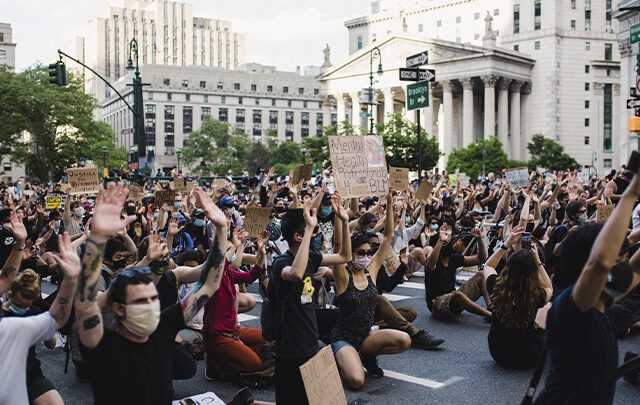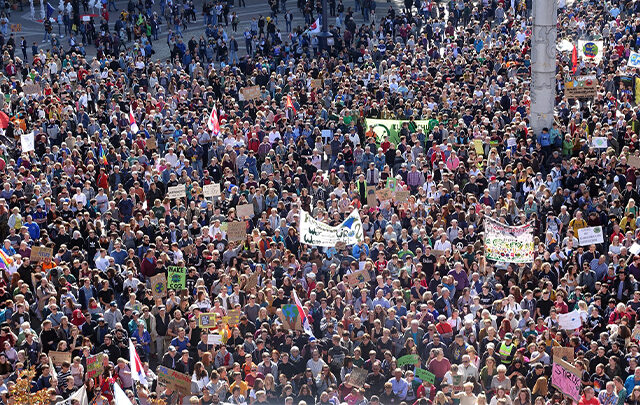Picketing is a form of public expression of opinion, carried out without the movement and use of sound-amplifying technical means by placing one or more citizens near the picketed object, using posters, banners and other means of visual agitation.
Two main types of picketing can be distinguished:
- informational (“talking”) picket.
The purpose is to disseminate information, e.g. about the upcoming mass event, about a meeting with a candidate for deputy, etc. Pickets are placed in places of concentration of large crowds of people – at “rush hours” near subway stations, at urban junctions, near railway stations and platforms, and during the day on weekends – at markets, at the entrance to city recreation parks, in the parks themselves, etc. Number of participants – 2-3 people. Required attributes: symbols (flag, cape) and a banner with a bright, eye-catching poster placed on it. According to the current Russian legislation, it is not required to submit a notice of an information picket on the eve of a mass event, since the Federal Law “On Meetings, Rallies, Marches and Pickets” gives citizens the right to disseminate information about a mass event held in accordance with this law. A picket at which invitations to a mass event are distributed should be regarded precisely as distribution of information.
- Political picket.
The purpose is a statement of a political position, public expression of protest by a group of citizens and attraction of media and public attention to the problem raised. The difference between a political picket and a meeting, according to the current Russian legislation, is the absence of a stage and means of sound amplification. As a rule, political organizations hold pickets due to the fact that there is a need to respond promptly to a particular event in the political life of the country, and there is not enough time to prepare documentation for holding a meeting. The thing is that the notice of picketing is submitted to the authorities 3 days in advance, while the notice of marches and rallies is submitted 10 days in advance.
The main attributes of picketing: banners, posters, a folding table with handouts (newspapers, leaflets, calendars).
During the picketing citizens have the right to chant slogans, but do not have the right to use means of sound amplification.




MOST COMMENTED
Largest protests
How Leaderless Protests Work: Horizontal Movements and Collective Decision-Making
Forms of protests
The Right to Protest: How Rallies and Pickets Influence a Democratic Society
Forms of protests
Digitalization of Protest: How Social Media and Technology Are Changing Street Demonstrations
Largest protests
Digital Technology Revolution – Reshaping Modern Activism
Forms of protests
Advanced Acoustic Protection for Confidential Discussions
Forms of protests
Psychology of Protest: What Motivates People at Rallies?
Largest protests
Rallies Against Air Travel: A Rising Movement in the Climate Crisis Era